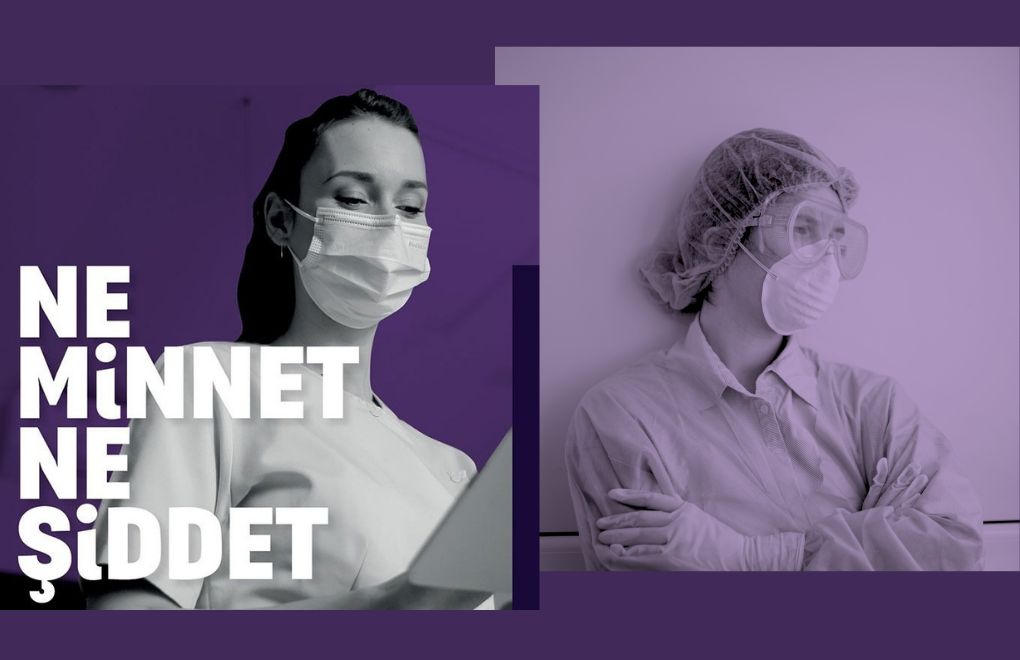Click to read the article in Turkish
The Clean Clothes Campaign (CCC) Association carried out field research on women healthcare workers as part of its project aiming to "make gender equality more widespread in the practices of worker's health and work safety in the field of healthcare." Based on this research, the Association has prepared a report that sheds light on the effects of the novel coronavirus (COVID-19) pandemic on healthcare workers through the lens of gender.
The report focuses on the risks faced by women healthcare workers in terms of worker's health and work safety, the structure of division of labor at and outside the house and differences in payments.
Written by Dr. Yeşim Yasin from the Acıbadem University, the report addresses the problems concerning additional payments during the pandemic, the procurement of personal protective equipment and the suitability of this equipment for women's bodies, the work-life balance, care labor, transportation, increasing levels of anxiety and violence.
Based on the interviews with 79 women healthcare workers, the report shares the following findings about the issue:
38 percent infected with the virus
● 30 participants (38 percent) said that they were infected with COVID-19. The answers received from these participants show that in the periods when the number of patients increases, there are digressions from the standard practices written in the guides for workers' returning to work.
● In that sense, how a worker goes through the outbreak process depends on the course of the COVID-19 outbreak.
● The observation regarding the Health Ministry's statement of additional payments to healthcare workers show that these payments have been misunderstood by the society, it has even paved the way for verbal harassment and they are not as high as they are exaggerated.
● The fact that these payments are made in installments and belatedly and that they are not made to all healthcare personnel have also shown that no fair and just payment has been made.
Men in managerial positions
● The outbreak and hard working conditions have made no changes in the gender-based division of labor. Regardless of their position, women health workers keep on being responsible for houseworks and care for children.
● The gender-based division of labor has not remained limited to the house; it has also manifested itself in the attitudes and behaviors inside the hospital. The fact that care is associated with women leads patients and their relatives to see women physicians as nurses.
● In the field of healthcare, where women workers are predominantly working, the managerial positions are strikingly mostly occupied by men. (SO/SD)
* Click here for the full report (in Turkish)





